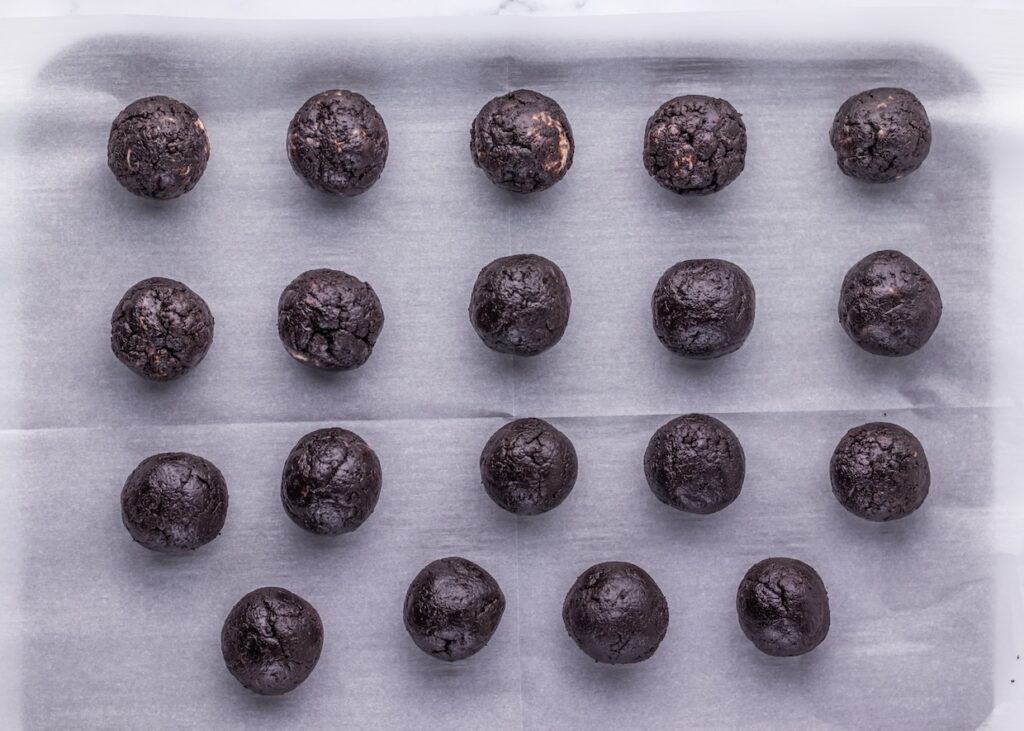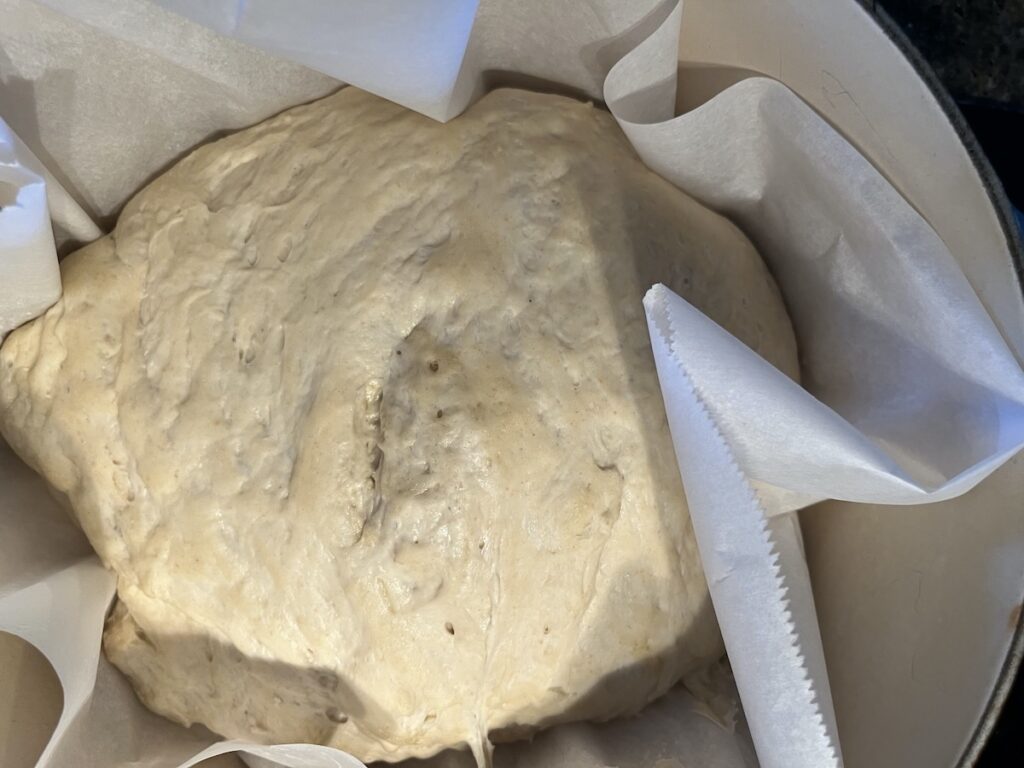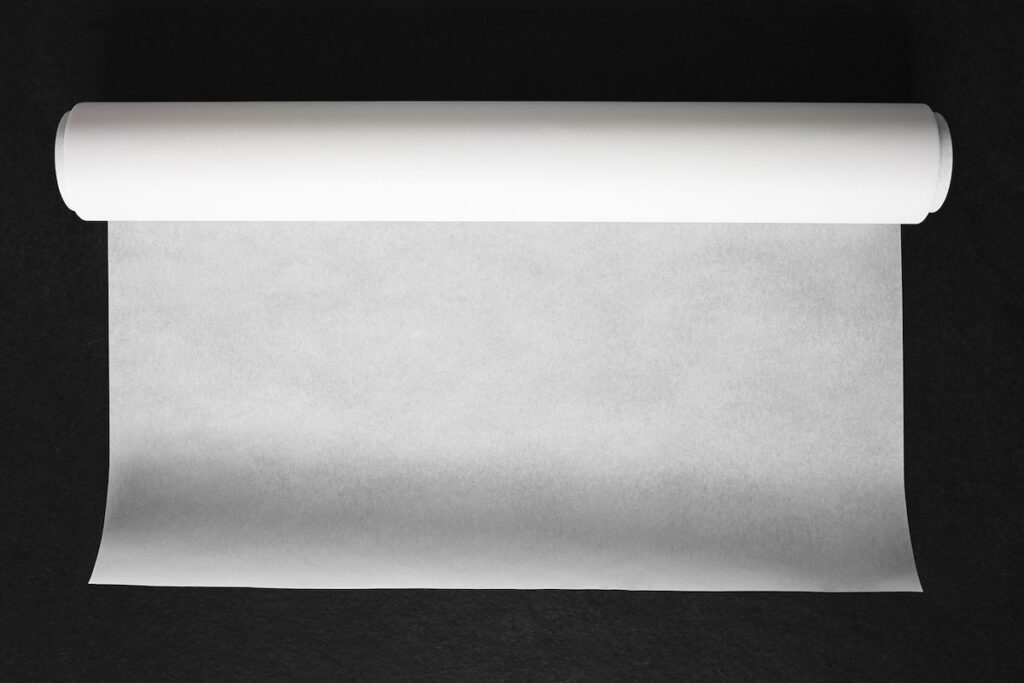Parchment paper is a versatile kitchen tool with unique properties. It offers non-stick benefits and heat resistance, making it useful for many cooking and baking tasks. Read on to discover ways you never knew you could use parchment paper in the kitchen.

Why parchment paper is a baker’s best friend
There are several reasons why bakers love using parchment paper. It’s perfect for lining baking sheets, cake pans and pie plates so that the dough doesn’t stick. Then, after baking, you can easily remove items and transfer them to cooling racks.
Also, parchment paper is heat resistant. Like silicone pans, you can safely use parchment paper in regular ovens. In most instances, you can bake with it at temperatures up to 425 F.
One of the best uses of parchment paper is as a cooking spray alternative. Many cooks find that non-stick spray degrades their pans and, over time, makes them harder to clean. You can skip the spray altogether when you line them with this paper.

“I always use parchment paper when baking cookies or even warming frozen foods like French fries and mozzarella sticks in the oven,” said Gena Lazcano of Ginger Casa. “I have had things stick far too many times. Plus, cleaning up is a nightmare without using parchment paper.”
How to use parchment paper
You may be surprised to discover all of the different ways you can use parchment paper. For instance, if you like to make sourdough bread in a Dutch oven, try this hack: Line the pot with parchment paper before adding the dough. You’ll get a crisp crust on the bottom without worrying about the bread burning.

Even if you’re working with a non-stick pan, parchment paper can come in handy, as Robin Donovan of All Ways Delicious discovered when baking cakes. “I love parchment paper that comes in cake pan-sized rounds,” she explained. “They have tabs on the edges that make lifting the cake out of the non-stick pan so much easier.”
Other uses
There are other kitchen and baking tasks where it makes sense to use parchment paper. Some might be surprising, such as using it as a makeshift piping bag. That’s what Kristin King of Dizzy Busy and Hungry has done from time to time. “I just folded a piece into a cone and filled it with frosting,” she said. “It worked out great.”

Here are other ways parchment paper can come in handy:
- Wrap fish or vegetables in parchment packets to steam them in the oven. Since the paper is moisture-resistant, it can help retain moisture in foods when baking.
- Line pans when making sheet pan dinners, such as roasted chicken breast and fresh vegetables.
- Cover your work surface with parchment when making homemade candy or rolling out dough. It prevents sticking and makes transferring the dough to a pan simpler.
- Use it to separate layers of foods like hamburger patties or cookies before freezing so they don’t stick together.
“Beyond the parchment roll, I love using the pre-cut parchment sheets — they’re so convenient for baking cookies or roasting vegetables,” King added. “They save time since I don’t have to measure and cut to fit my pans.”
Using in an air fryer
When using parchment paper in an air fryer, make sure you cut it to fit the basket to avoid burning. Another option is to buy specially made air fryer parchment papers that are shaped like your air fryer basket. Some are perforated, which allows the air to circulate and for things to cook evenly. When shopping, you may discover they’re called air fryer liners.
Also, only place parchment paper in the air fryer when it’s weighed down by food. You don’t want the paper blowing into the heating element. Finally, when a recipe calls for preheating your air fryer, add the parchment paper after the preheating cycle is complete. Again, never use it in an air fryer without food on top of it.
Parchment paper versus wax paper

To many, parchment paper and wax paper may seem like the same tool. Parchment paper is coated in silicone and wax paper is coated in, not surprisingly, a thin layer of wax. That’s how they both provide non-stick surfaces, but that’s where the similarities end.
Parchment paper is heat resistant, thanks to that silicone coating. Wax paper is not. It melts in the heat.
That’s why parchment paper is ideal for baking and cooking in the oven. On the other hand, wax paper is better suited for preparing and working with cold food. You can use it for wrapping sandwiches or covering countertops during messy tasks.
Recycling parchment paper
Recycling parchment paper can be challenging due to its silicone coating. Most recycling facilities don’t accept used parchment paper, especially if it’s covered in food residue. Also, that coating makes it incompatible with composting. So, when you’re done with it, you have to toss it in the trash.
To reduce waste, you can reuse parchment paper multiple times. This is only true if the sheet is not heavily soiled or torn. You’ll get the most use out of it by using sheets or rounds that are cut to fit your pan. When parchment paper overhangs, it tends to scorch. When it becomes brown and brittle, it’s time to throw that sheet away and go for a new one.
When not to use parchment paper
Parchment paper makes cooking and baking easier. However, there are certain situations when you should not use it — some already mentioned, some worth noting.
It’s worth repeating never to use parchment paper in an air fryer without putting food on it. You don’t want it to blow around.
When baking using a convection oven, you also don’t want the paper to blow around as it could land on a heating element and catch fire. Be sure to trim the paper to fit the pan or buy precut sheets that fit within the pan walls. Always have food on top to keep the paper in place.
While parchment paper is microwave-safe in most instances, remember the temperature limit mentioned earlier. Parchment paper is safe up to 425 F, according to Reynolds Brand, which manufactures parchment paper. Some microwaves could heat food at a temperature greater than that. In that instance, avoid parchment paper altogether.
The final cut on parchment paper
If you want to make baking and cooking easier — and clean up faster — consider using parchment paper. This is especially key if you don’t want to deal with cooking spray buildup on pots and pans. Once you try this tool, you’ll be hooked and wonder how you ever managed without it.
Leah Ingram reaches for parchment paper whenever she makes cookies, including the no-bake variety. Find her cookie recipes and more on her blog Bagels and Lasagna.